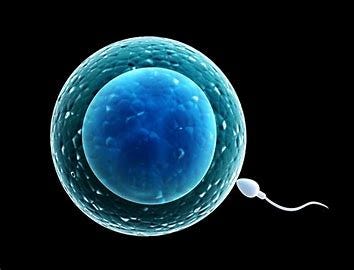What is IVF and What are Procedure of IVF Treatment?
IVF (in vitro fertilization) is a key component of reproductive medicine, which is a branch of medicine that deals with the prevention, diagnosis, and management of reproductive problems. Reproductive medicine encompasses a wide range of treatments and techniques designed to help individuals and couples overcome fertility issues and achieve successful pregnancies.

IVF stands for in vitro fertilization. It is a type of assisted reproductive technology (ART) used for infertility treatment and gestational surrogacy. In this process, an egg is fertilized with sperm outside the body, in vitro (“in glass”), in a laboratory dish. Once the fertilized egg, or embryo, undergoes development for a few days, it is then transferred into the uterus. IVF can be used to treat infertility caused by various factors, such as blocked or damaged fallopian tubes, male factor infertility, ovulation disorders, or unexplained infertility.
The general procedure for IVF involves several key steps:
1.Ovarian stimulation:
The woman is given fertility drugs to stimulate the ovaries to produce multiple eggs, rather than the single egg that normally develops each month.
2. Egg retrieval:
Once the eggs have matured, a minor surgical procedure is performed to retrieve the eggs from the woman’s ovaries. This is typically done under ultrasound guidance, and it involves inserting a thin needle through the vaginal wall into the ovaries.
3. Sperm collection:
The male partner provides a sperm sample, which is then prepared for combining with the eggs.
4.Fertilization:
The eggs and sperm are mixed together and stored in a laboratory dish to facilitate fertilization. In some cases, a single sperm is injected directly into an egg in a process called intracytoplasmic sperm injection (ICSI).
4.Embryo culture:
The fertilized eggs, now embryos, are monitored and cultured in the laboratory for a few days.
5.Embryo transfer:
One or more embryos are transferred into the woman’s uterus through the cervix, using a thin tube or catheter. This is a relatively simple procedure that does not require anesthesia in most cases.
6.Pregnancy test:
Approximately two weeks after the embryo transfer, a pregnancy test is conducted to determine whether the procedure was successful.
While IVF can be a highly effective treatment for infertility, it is not always successful, and multiple cycles may be needed to achieve a successful pregnancy. The process can also be emotionally, physically, and financially demanding, so it is important for individuals or couples considering IVF to be well-informed and prepared for the potential challenges. you can explore in the career of Reproductive medicine and join Reproductive Medicine course.
to more details of the IVF and the procedure of IVF treatment read our blog

Comments
Post a Comment